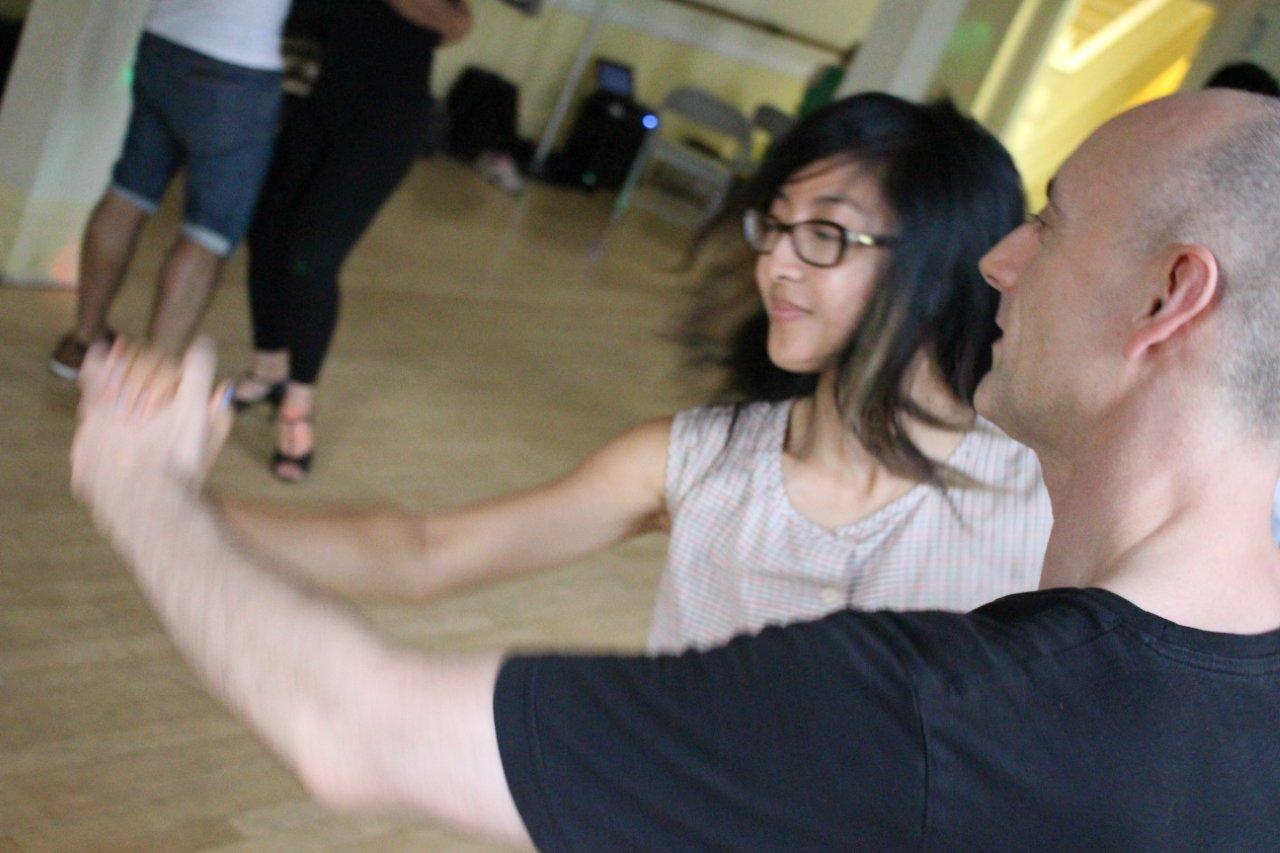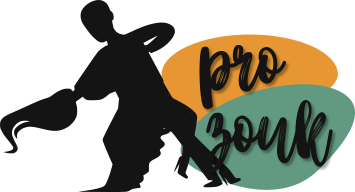The Art of Subtle Movement: “But it doesn’t feel like I’m dancing!”
Laura Riva, Канада
https://www.danceplace.com/grapevine/the-art-of-subtle-movement-but-it-doesnt-feel-like-im-dancing/
When I started dancing, I really wanted to move my body. I saw advanced dancers moving effortlessly around the floor, and I emulated them.
So, when I went to class, I moved my body. A lot.
I took giant steps. I flung my hair around as much as I could. I stuck my arms out all the time. I tried really hard to make my hips move on every step. In general, I was over-dancing.
Nowadays, I look back on those days and cringe. When I try to replicate the things I considered to be ‘good dancing’, they now feel ridiculously inefficient. They feel awkward, unbalanced, and uncontrolled.
What is different between then-me, and now-me?
Size and Movement as ‘Dancing’
In the beginning, I felt like I needed large, super-expressive movements in order to ‘dance’. Unless I was doing all of that extra movement, it felt like I was doing nothing.
In my head, I had this idea that dancing had to make me sweat. It had to be difficult. It had to be me pushing my body to the absolute maximum exertion for full effect. I hadn’t yet learned that social dancing should be efficient and controlled; that the best dancers weren’t exhausting themselves; they were using their energy and movements in a very nuanced, efficient, and controlled way.
This doesn’t only happen to follows. You can also see this in leads who move their body all over the place, even though their leading hand isn’t doing anything. You can also see this when you have a lead that hauls a follow into GIANT or super-complex movements without understanding.
To be clear, not every dancer has problems with being too large in their movements. Some have the opposite problem: going too small with their movements. I’m specifically talking about those who move too much as a result of inefficiency – not too little.
Size and Movement vs. Efficiency and Control
Over time, many dancers experience an epiphany. Sometimes, it’s localized to a particular movement. For others, it’s a complete re-evaluation of how they’re dancing.
Sometimes, a dancer will realize that the most effective way is not necessarily the largest movement. They will suddenly understand that a very subtle hand placement, weight shift, or movement can have very drastic positive results to the quality of a movement.
Sometimes, you’ll hear the dancer say “Really? That’s all?” or “But that feels so easy!”
This is the epiphany, when a dancer starts to realize that dancing doesn’t have to be ‘hard’ if you’re using your movement efficiently. It can, however, come with mixed feelings.
Mixed Feelings: “I don’t feel like I’m dancing”
When a dancer starts to realize that there are more efficient, less-intense ways of accomplishing the same result, they aren’t always happy. Sometimes, they feel as if this new way of executing a movement doesn’t feel like dancing. Instead, they feel as if they’re just standing there doing nothing.
The best advice I can give to those people is that this is not a permanent feeling. As you become more aware of the efficiency, you also gain a deeper appreciation for subtlety. You learn how to feel every millimeter of the movement from start to finish. You become aware of your whole body moving constantly in a small way, rather than just rushing from point A to point B.
This is where you will start to feel like you’re dancing, even if the movements aren’t as big. When you learn how to control every moment in your dance, you don’t need big movements to feel like you’re dancing. Even a weight shift from one foot to the other can feel like moving. It will also improve your connection, musicality, stamina, and ability to dance to faster music.
Think of it like a university essay: many students write huge, 20 page essays, feeling that it will best showcase all the stuff they know. They are valuing the quantity of words as a demonstration of their knowledge. However, the experienced writer will say the same thing in 2 pages – knowing that this is all the room they need to properly express their thoughts. It doesn’t make them less of a writer – it makes them a greater wordsmith.
Dancing isn’t about quantity of movement – it’s about quality of movement. It’s about learning how to work each small, individual muscle on its own. It’s learning how to be efficient in your expression. Dancing is meant to be natural. It is meant to be efficient.
When you find and become comfortable with that place of efficiency, you will find it astonishingly simpler to express yourself through dance.

|
1
4060 |





 English
English

Удалить комментарий?